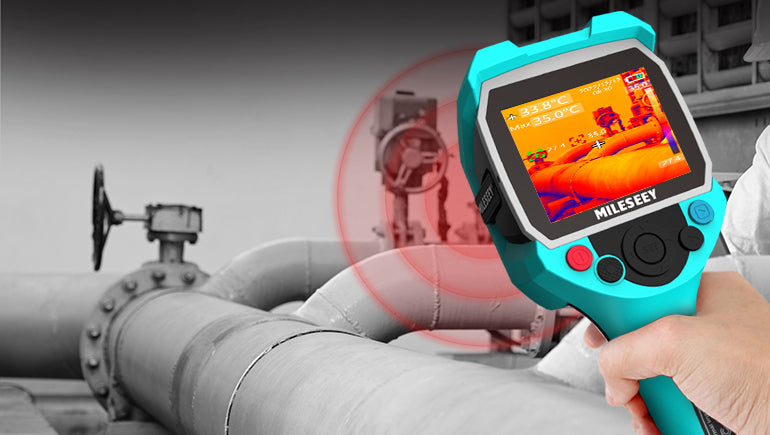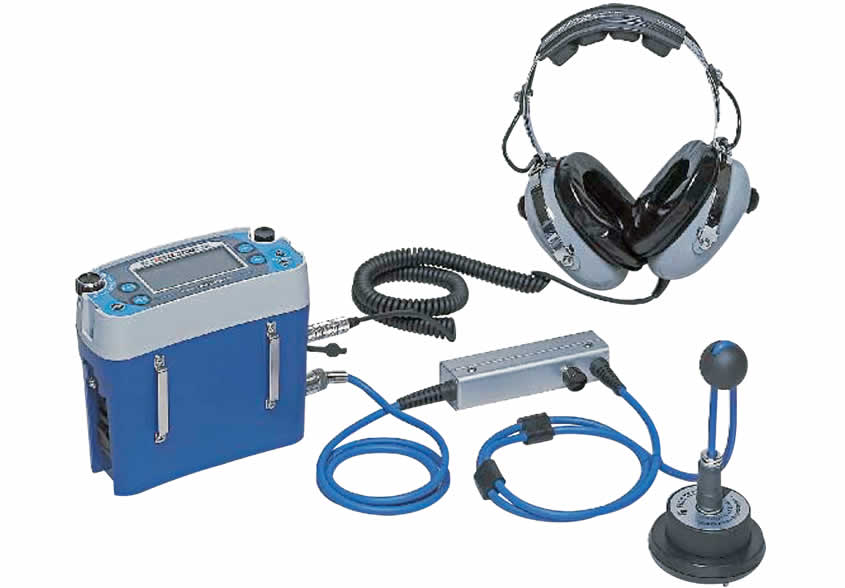Comprehensive Guide to Water Leak Detection for Home Owners and Companies
Comprehensive Guide to Water Leak Detection for Home Owners and Companies
Blog Article
Cutting-edge Solutions for Early Discovery of Water Leaks in Structures and Facilities
From innovative leakage discovery modern technologies to the release of IoT sensors for real-time monitoring, the landscape of leak prevention is developing quickly. Automated water flow analysis systems are reshaping exactly how leaks are determined and dealt with, paving the method for a positive technique to water leakage detection.
Advanced Leak Detection Technologies
Advanced leakage detection technologies, outfitted with sophisticated sensing units and algorithms, play a critical function in swiftly recognizing and identifying water leaks in different settings. Electro-magnetic sensors can identify adjustments in electromagnetic areas triggered by water, offering yet an additional layer of leak discovery capability.

IoT Sensors for Real-Time Monitoring
In the realm of contemporary water leakage discovery, the integration of IoT sensors for real-time tracking stands for a crucial advancement in enhancing positive leakage discovery capacities. These sensing units offer continuous tracking of water supply, supplying real-time information on water circulation prices, stress variants, and temperature level changes. By leveraging IoT technology, these sensors can discover even the smallest anomalies in water usage patterns, allowing early identification of prospective leaks before they intensify into major problems.
IoT sensing units send information to a central system, where innovative formulas examine the info and produce notifies or notices when irregularities are discovered. This real-time tracking ability allows building proprietors or center supervisors to immediately resolve leakages, decreasing water damages, minimizing repair service expenses, and conserving water sources.
In addition, IoT sensing units can be integrated with building management systems, permitting computerized feedbacks to detected leakages, such as shutting down water valves or turning on pumps to reduce the impact of leakages. In general, the implementation of IoT sensors for real-time tracking considerably boosts the efficiency and efficiency of water leakage detection in buildings and facilities.
Artificial Intelligence Algorithms for Leakage Prediction

One trick advantage of utilizing artificial intelligence for leak forecast is its capability to continually discover and improve its accuracy gradually. As more information is gathered and fed into the algorithm, it can refine its forecasts and adjust to transforming problems, ultimately boosting the integrity of leak detection systems.
Additionally, artificial intelligence formulas can aid in recognizing subtle indications of leakages that may go undetected by traditional monitoring methods. water leak detection. By examining complex information sets in real-time, these formulas can give very early cautions and informs, permitting for timely treatment and preventative maintenance to minimize potential water damage and associated prices
Making Use Of Thermal Imaging for Leak Detection
Thermal imaging modern technology provides a promising strategy for discovering water leakages in various systems and facilities. By using infrared radiation and temperature variances, thermal imaging cameras can determine concealed leaks that are not quickly noticeable to the naked eye. When water escapes from pipes or structures, it commonly alters the temperature of the surrounding location, creating temperature differentials that thermal cameras can record. These temperature level irregularities are after that converted right into visible pictures, highlighting the exact area of the leak.
One of the essential advantages of thermal imaging for leakage detection is its non-intrusive nature. Unlike traditional approaches that might need look what i found getting into wall surfaces or floors to situate leakages, thermal imaging enables for non-destructive testing. This not only conserves time and lowers costs however likewise minimizes interruption to the building or infrastructure being analyzed. In addition, thermal imaging can promptly check large areas, offering an extensive review of possible leakage resources in a timely way. Generally, making use of thermal imaging technology boosts the efficiency and accuracy of water leak detection, making it a valuable device for maintaining the integrity of buildings and frameworks.
Automated Water Flow Analysis Equipments
Just how can automatic water flow evaluation systems change the detection and management of leakages in numerous systems and infrastructures? Automated water flow analysis systems offer an aggressive method to leakage discovery by continuously checking water circulation rates and patterns. By establishing baseline data, these systems can swiftly identify variances that might show a leak, making it possible for prompt treatment to stop substantial damages.
These systems utilize advanced algorithms to assess real-time data and provide immediate informs when anomalies are found, enabling for quick action to be taken. Furthermore, computerized water flow analysis systems can be integrated with building management systems or IoT our website platforms, enhancing total performance and enabling remote surveillance capabilities.
Additionally, the data gathered by these systems can be utilized for anticipating upkeep purposes, helping to recognize possible powerlessness in the framework prior to leakages occur. Generally, the application of automatic water flow evaluation systems can considerably boost leak navigate to these guys detection and management practices, eventually resulting in cost financial savings, lowered water wastefulness, and enhanced sustainability in buildings and framework.

Conclusion
To conclude, the combination of sophisticated leakage discovery modern technologies, IoT sensors, artificial intelligence algorithms, thermal imaging, and automatic water flow analysis systems uses innovative solutions for very early discovery of water leakages in structures and framework. These innovations make it possible for real-time tracking, forecast of leaks, and effective discovery methods to avoid water damages and waste. Implementing these solutions can help in preserving the stability and sustainability of water systems in various settings.
Report this page